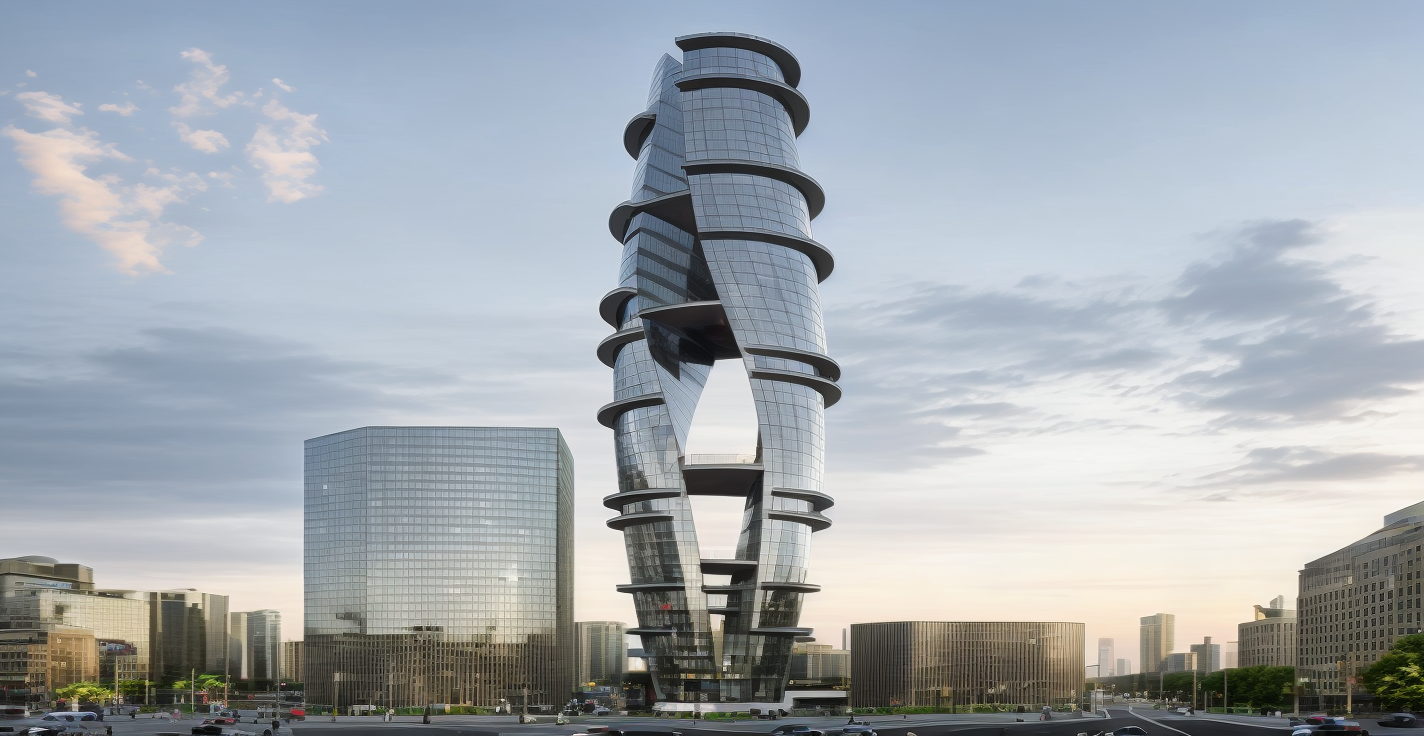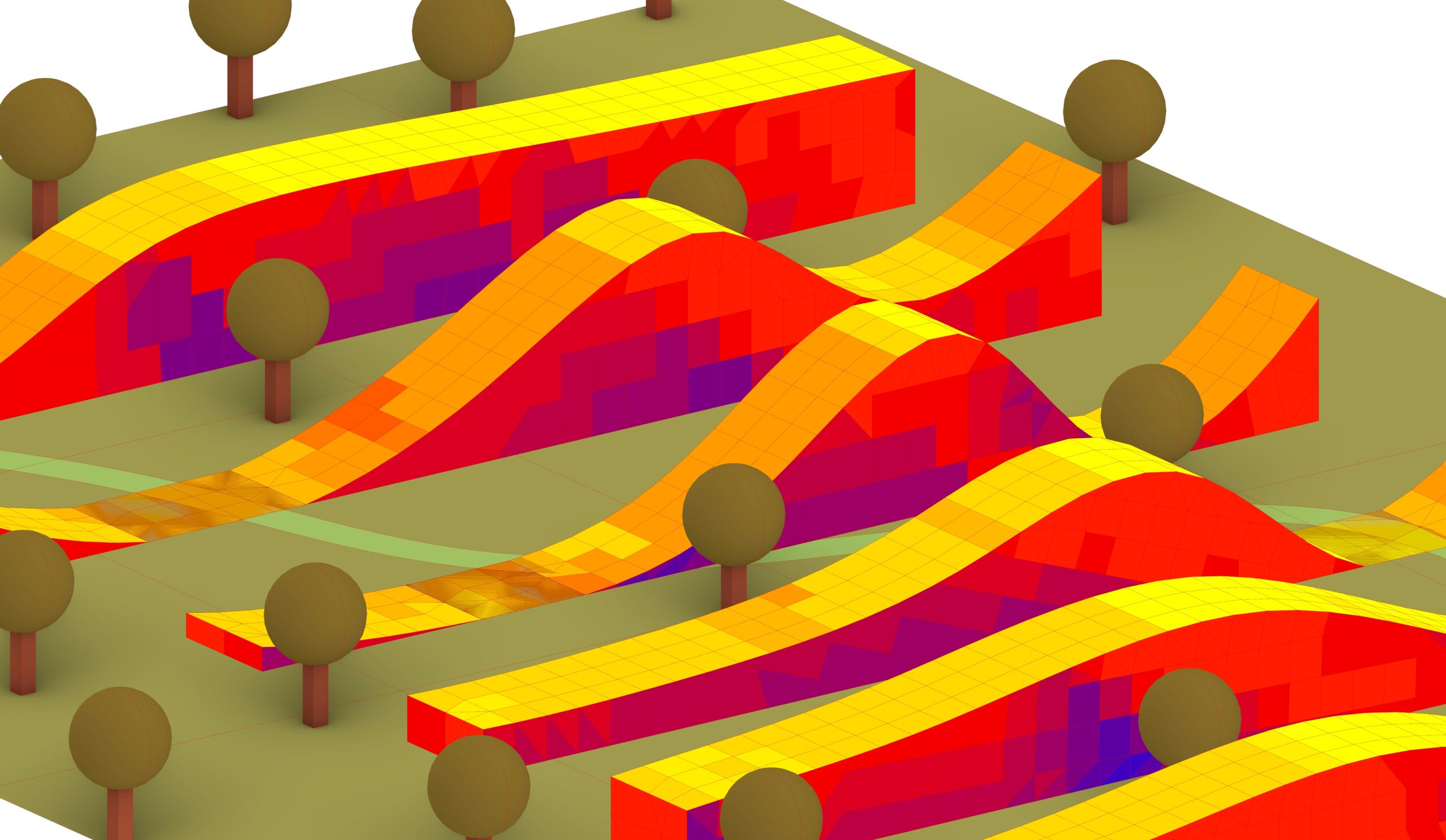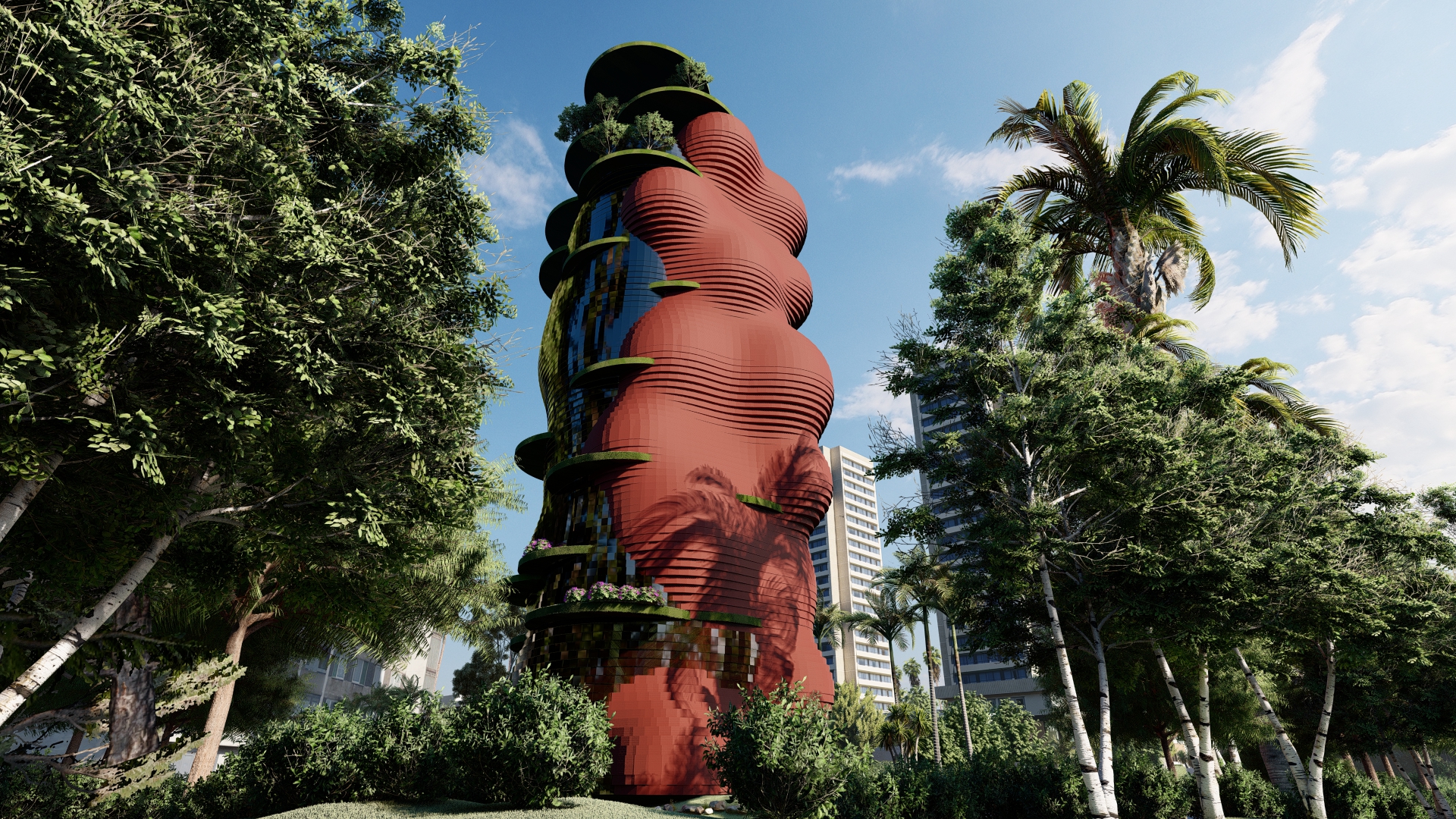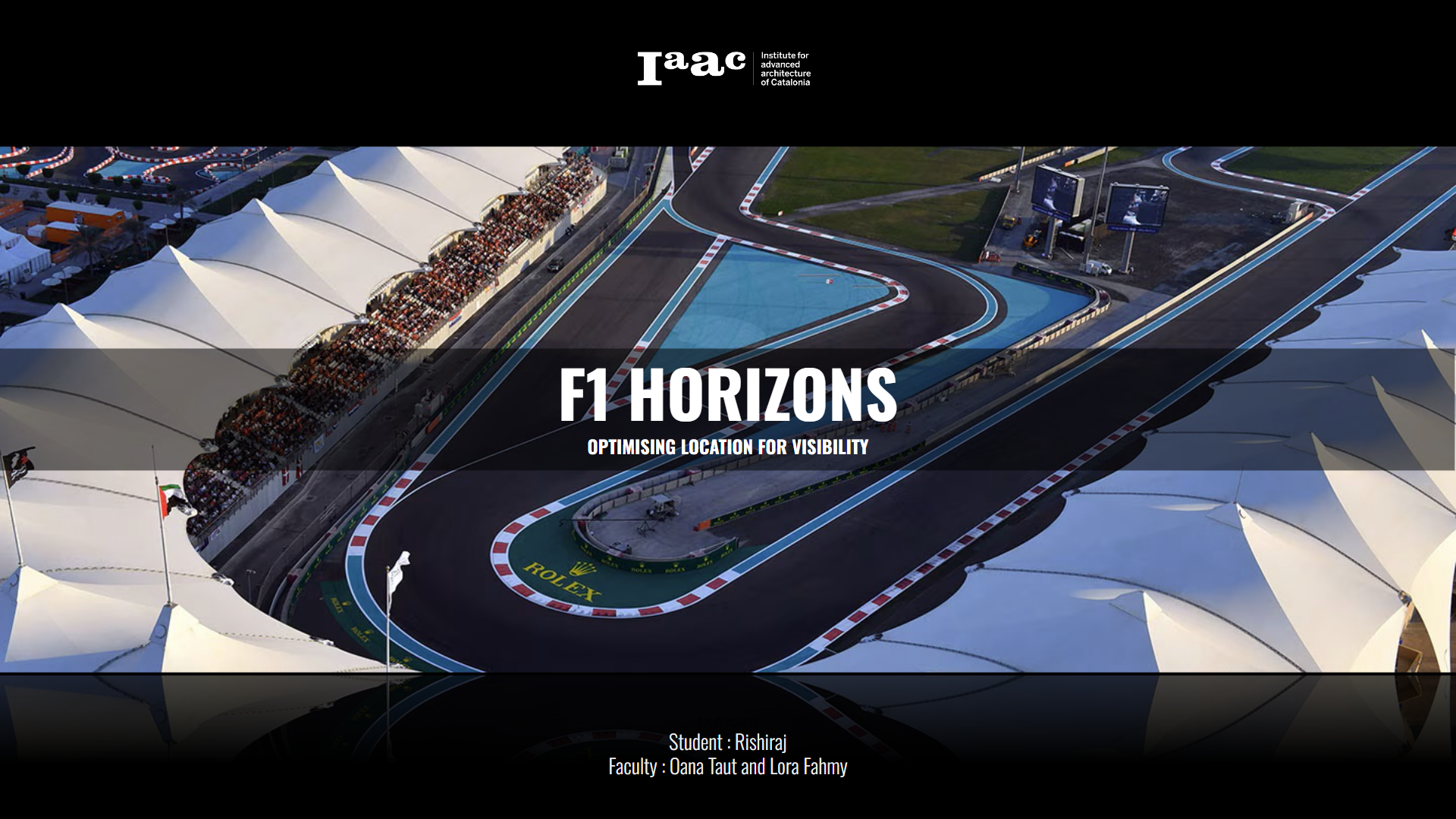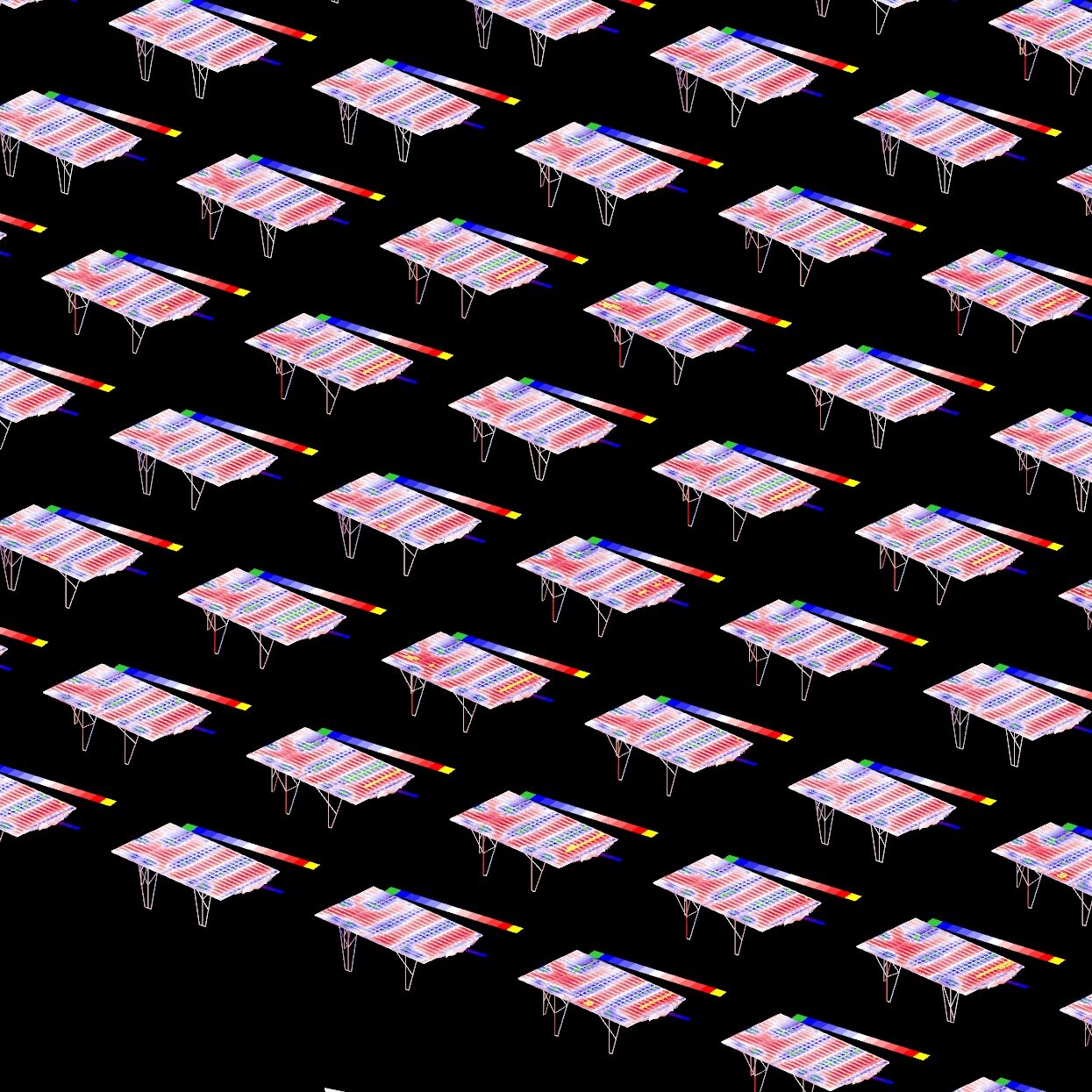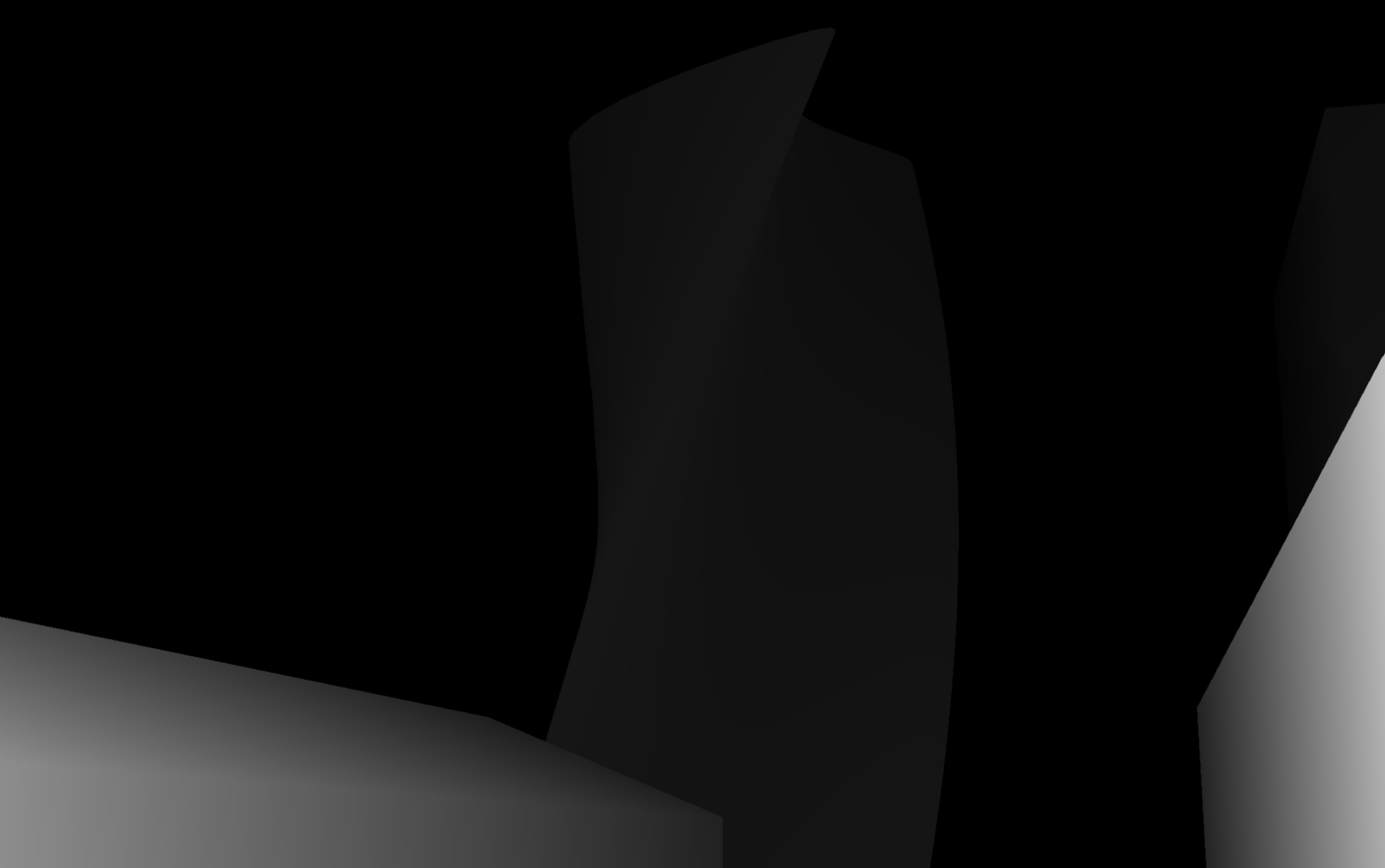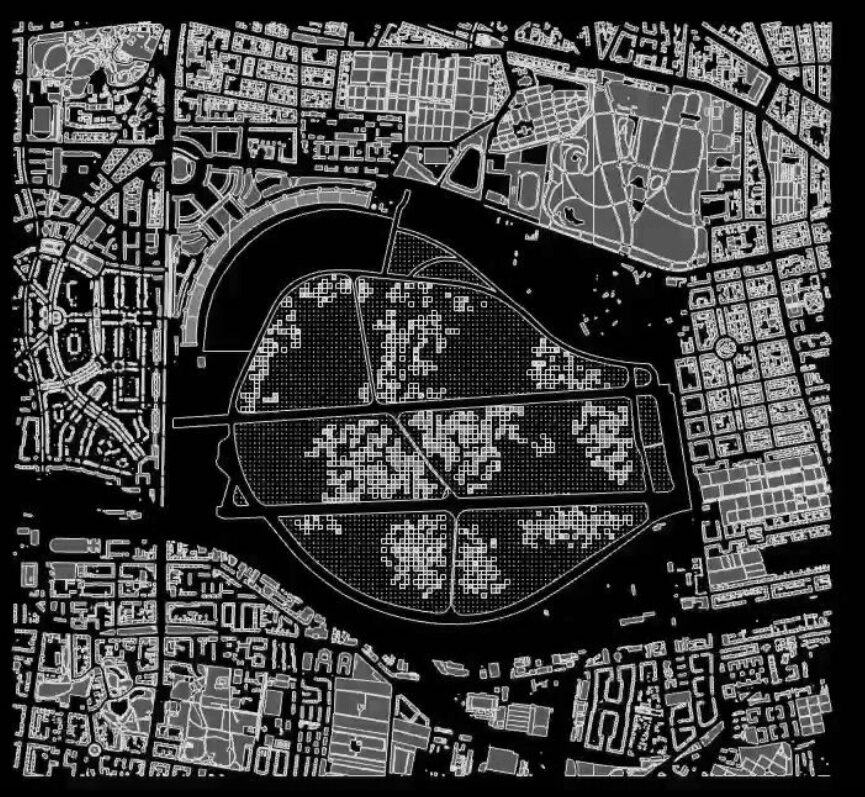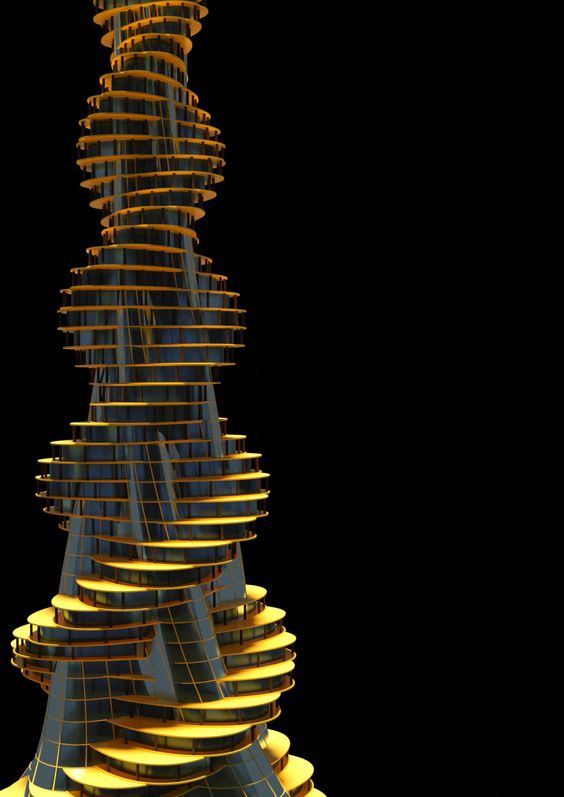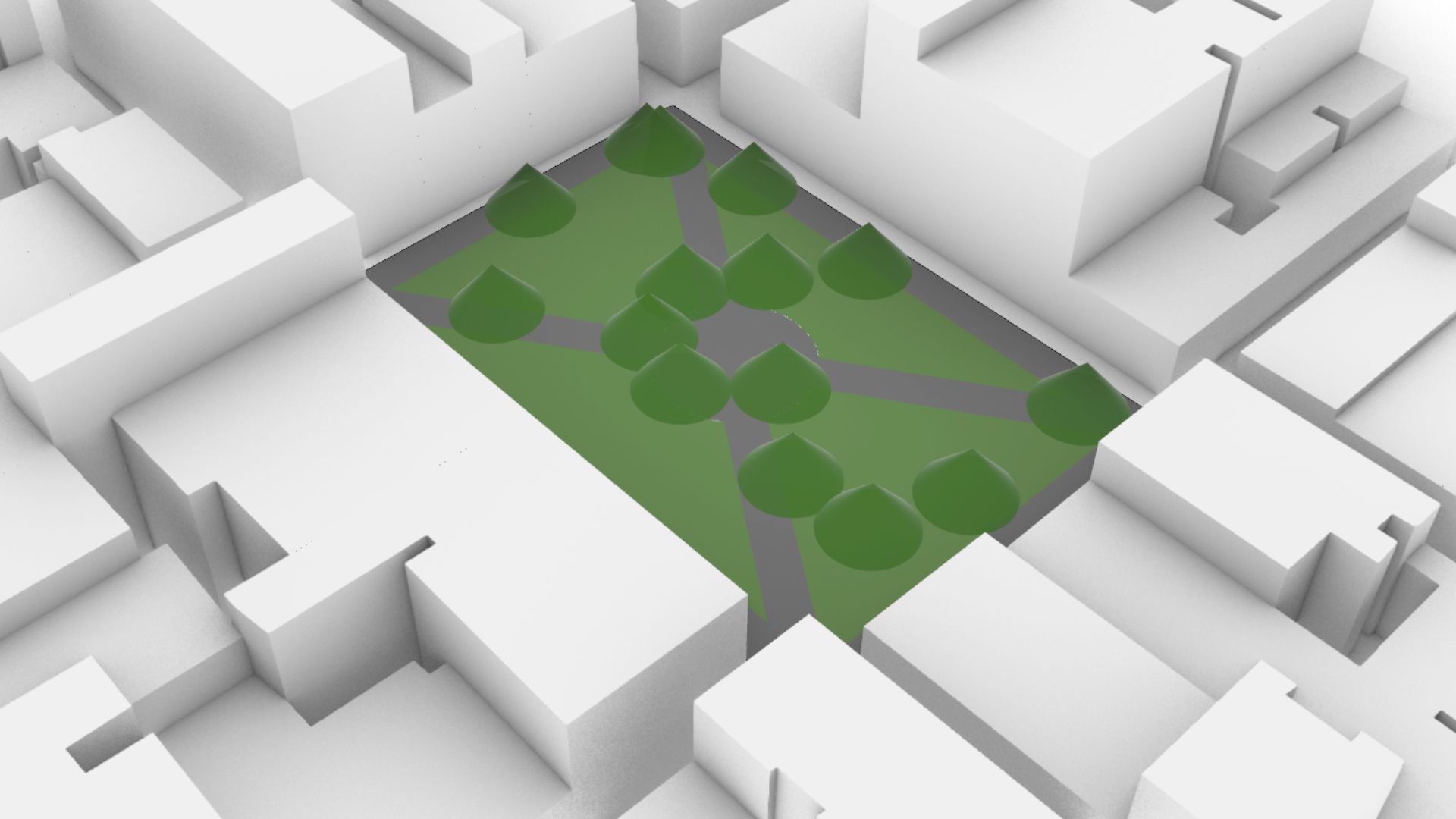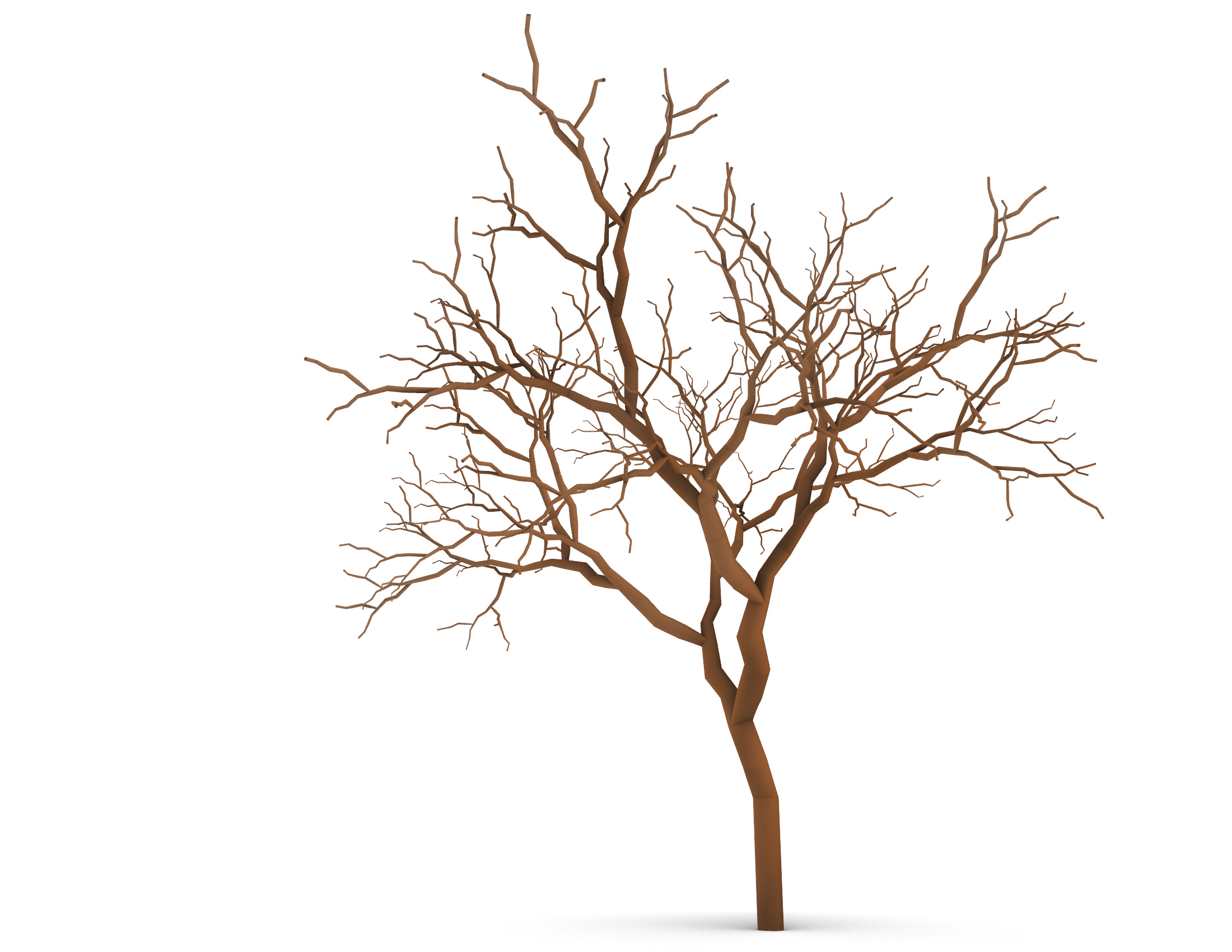Within the current global context of rapid change, integrated with the potentials of digital technologies, IAAC’s Master in Advanced Architecture (MAA) is committed to the generation of new ideas and applications for Urban Design, Self Sufficiency, Digital Manufacturing Techniques and Advanced Interaction.
In this context IAAC works with a multidisciplinary approach, facing the challenges posed by our environment and the future development of cities, architecture and buildings, through a virtuous combination of technology, biology, computational design, digital and robotic fabrication, pushing innovation beyond the boundaries of a more traditional architectural approach.
Tiny Topographies
Optimizing Bar Buildings for Sunlight and Pathways The aim of this project was to design a typology of housing is needed that resembles small, artificial terrains. The Bar Building typology will have set of long, dense buildings that will mimic the form of a topography. The forms will need to be optimized to allow for all the … Read more
Mushroom Façade
Facade optimization based on Sunlight Two layers of the facade: one is stable, and the other layer grows based on the points that are warmer or receive more sunlight to reduce heat and sunlight. The design objectives Environmental Sustainability Energy Efficiency: Reduce energy consumption for heating, cooling, and lighting. Climate Adaptation: Design to adapt to … Read more
F1 Horizons
This optimization uses computational design to achieve the best placement of the Grand-Stand around a predefined F1 racetrack and topology for maximum visibility for spectators using Grasshopper and Galapagos Evolutionary solver.
Karambug
Design optimization strategy of a garage in London based on Karamba and Ladybug Sensitivity Analysis Total (average) fitness iterations Catalogues load distribution in ceiling in different iterations
PHYLLOTACTIC TOWER
PHYLLOTAXIS The arrangement of leaves or floral parts around a stem or axis is called phyllotaxis. The term comes from the Greek phullon – ‘leaf’ and taxis – ‘arrangement’. The model was first proposed by Wilhelm Hofmeister in 1868. IMPORTANCE: The objective of the phyllotaxis is to avoid overcrowding. So that all leaves get maximum … Read more
The Greenhouse
Optimization strategy These adaptable panels will stay transparent as long as the heat is beneficial for the plant, but will turn opaque when the heat is too strong and could harm the plant. Adaptation design objectives Pseudo-code: Optimization GIF Worst fitness Best fitness LadyBug sun analysis Iterations Catalog Iterations from worst (most uneven sunlight/heat distribution … Read more
The Rippled Facade
Optimizing the building skin inspired by Rippled droplets Meta balls as an isomorphic surfaces constructed as composite assemblages of the mutually infecting parametric objects with internal forces of mass and attraction.region of influence,which could be additive (positive) or subjective(negative)Isomorphic architecture(Bubble) Blobitecture , blobism and blobism are terms for a movement in architecture in which buildings … Read more
Responsive Living——Underwater Coral Residence
Background Self-sustaining growth patterns of coral ecosystems can provide sustainable underwater living environments. Pseudocode Influencing Factors Surface Type Generate Coral Optimal lighting Surface Type (Optimal lighting) Responsive Structure The structure of the coral residence changes shape with sunlight. During the day, corals expand to maximize photosynthesis, and at night, they contract to conserve energy. Responsive … Read more
Ultra-thin elements
The project Optimizing ultra-thin Concrete elements Spacing for Maximum Visual Access experiments the impact of ultra-thin concrete elements in a built space particularly in the realm of visual access. With the help of computational tools like ladybug Vision analysis its impact on Performance is evaluated. Spider webs are one of the best inspiration for various structural … Read more
Optimizing green spaces
Optimizing green spaces is a project that aims to spot potential areas (plazas) around the cities, that are “dry” spaces, meaning that are composed mainly by pavement, and transform them into green areas, to enhance the quality of life who lives around and who is walking by, taking in consideration how people occupy the space … Read more
Fractalization of Tree Branching
Fractals are commonly found within nature. They are self-similar structures, where one aspect of the fractal is identical to the rest. This allows it to be scaled up or down while fitting within itself. Within trees, fractalization is found in the way the branches are grown from each other, always yielding smaller and smaller versions … Read more
BRANCHING BEYOND
L-SYSTEMS IN ARBOREAL FRACTALS FRACTAL GROWTH This project explores the application of Lindenmayer systems (L-systems) for fractal growth simulation within the Grasshopper environment. L-systems provide a powerful framework for modeling complex branching structures observed in nature, such as trees, plants, and coral reefs. Leveraging Grasshopper’s computational design capabilities, we investigate the dynamic generation of fractal … Read more

